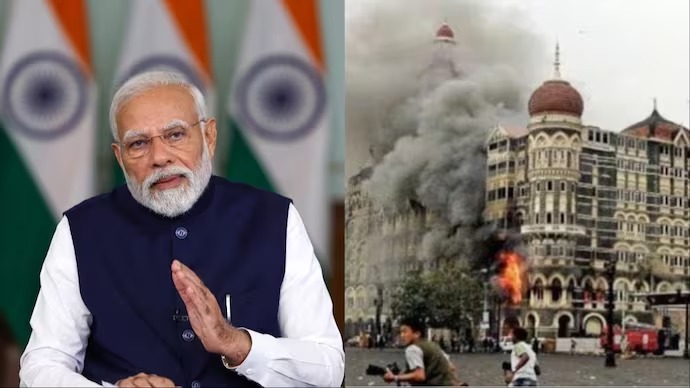In the annals of terrorism, the Mumbai 26/11 attacks were as groundbreaking as the 9/11 strikes on the United States. While 9/11 introduced the unprecedented use of passenger airplanes as weapons, the Mumbai attacks innovated with live operational control of terrorist acts from foreign soil.

Notably, the terrorists’ adept use of the target country’s electronic media during 26/11 for live communication and feedback marked a new era. Indian media’s minute-to-minute coverage served as a barometer of the inflicted damage and resultant panic – key objectives for any terrorist group. This tactic allowed Pakistani handlers to adjust attacks using ground-level terrorists’ cell phones.
The simultaneous attacks on multiple targets bewildered an unprepared Mumbai police and public, resembling the confusion seen during the September 2001 attacks in the US. The intricate subterfuge involved in setting up communication through Voice Over Internet Protocol (VOIP) and utilizing foreign cell phone numbers was another unprecedented feature.
Unlike 9/11, the Mumbai attacks witnessed live combat between terrorists and police teams at five locations, setting a new precedent in major urban terrorism. This format later became a template for the November 2015 Paris attacks, involving live combat on six targets and resulting in 130 casualties.
Similar to the aftermath of 9/11, the Mumbai attacks triggered panic globally, particularly in the United States. The US Department of Homeland Security had recognized the potential threat, as evidenced by their Coastal Protection Scheme initiated in April 2008. The Mumbai attacks were perceived as a potential dress rehearsal for a similar assault on the US, given the close alignment between Lashkar-e-Taiba (LeT) and al-Qaeda.
Before India initiated its inquiry, the US Senate Homeland Security Committee held a hearing in January 2009 to discuss the impact of similar tactics on US security. Testimonies underscored the need to rethink counter-terrorism strategies in a media-centric environment, disrupt terrorist communication networks without compromising freedom, and expedite force deployment.
Despite the global ramifications, the 26/11 attacks brought humiliation to India and questioned its growing power stature. Criticism from international security experts, such as Edward N Luttwak, and reports from think tanks like Rand, highlighted the glaring failures of Indian defense forces. The delayed arrival of army columns and elite forces further underscored the need for strategic improvements in India’s counter-terrorism capabilities.


